
Biodegradable clothing
Biodegradable clothing is a growing trend in the fashion industry as consumers and brands alike become more aware of the environmental impact of their choices. These garments are usually made from natural fibers such as cotton, linen, wood fibers, etc., which are able to degrade in the environment without leaving behind any harmful toxins or microplastics. In the meantime, there are also increasing numbers of synthetic material solutions that can be biodegraded in a non-toxic manner within a few years and can thus be returned to nature as nutrients (more on this at a later date).
Benefits of biodegradable clothing
One of the main benefits of biodegradable clothing is that it reduces the amount of waste going to landfill and its negative impact. Traditional synthetic fabrics like polyester and nylon can take hundreds of years to degrade, while biodegradable fabrics can degrade in just a few months in the right conditions. This means that clothing designed in this way is primarily intended to reduce the amount of non-recyclable waste that ends up in landfills.
Another advantage of circular clothing is that it is often produced more sustainably. Such fibers and fabrics are typically produced using non-toxic chemicals and are often manufactured using more efficient and environmentally friendly processes. In addition, if such fabrics are not made from a motley mix of materials, they can be more easily recycled, further reducing the impact on the environment.
Disadvantages & Limitations
But even if a piece of clothing is made from the best and most sustainable raw materials, such as the LEGNA T-shirt, which consists entirely of wood fibers, the degradation rate of the product can vary. Due to its complexity, it may not be able to provide as many nutrients or degrade much more slowly, since additives such as dyes (even low-impact GOTS dyes) can slow down the process. In small quantities, such products would be less harmful if they were crushed and gradually released into nature. But so far, we don't have data on large-scale studies trying to find out what would happen if we buried lots of clothes in nature or put them in composting facilities. In addition, chemical compounds lurking in most conventional clothing are far from ideal for nature. Even your favorite organic cotton t-shirt is probably finished with polyester sewing threads, nylon tags and bio-compatible dyes. So here too, the starting material is only half the battle and a product must always be thought through holistically and function in the system. That's why we only use cotton sewing thread and labels for our MANGOLA T-shirts , for example, only wood-based sewing thread and labels are used for the LEGNA products and even our prints are cradle-to-cradle certified.
But even if everything possible is tried in the conception of a product and only biologically compatible materials are used, biologically degradable clothing is not perfect. Cotton, for example, is one of the most water and chemical intensive crops, although it is rightly considered a renewable resource. In addition, such clothing can be more expensive than conventional clothing, making it less accessible to some consumers. And most importantly, biodegradability is not a viable solution to the ongoing overproduction problem, as new materials still need to be constantly cultivated and produced to make clothes.
Important, but only part of the solution
Despite these limitations, biodegradable clothing is a step in the right direction towards a more sustainable fashion industry. As consumers, we can make a positive impact by choosing clothing made from biodegradable materials and by supporting brands that care about sustainability. We can also take steps to reduce our overall clothing consumption by only buying what we actually need and taking care of the clothes we already own.
In summary, it can be said that biodegradable clothing is a sensible step, but by no means a comprehensive solution to the global environmental problems of the textile industry. In most cases, one can safely assume that such clothes are more sustainable in production, reduce the amount of waste and are more biologically recyclable. However, it is important to be aware of the limitations and make conscious choices when it comes to consumption. Even if biodegradable clothing seems very sensible at first glance, it should always be viewed in the context of a comprehensive circulatory system, where the technical cycle is closed as well as the biological cycle in the best possible way. We therefore always follow the ambition that a garment should be recyclable whenever possible, along with the sustainable ingredients, so that the materials used can be used for as long as possible. If a product or the materials it contains cannot be recycled, or only with great difficulty, it should at least be biodegradable more quickly and harmlessly.







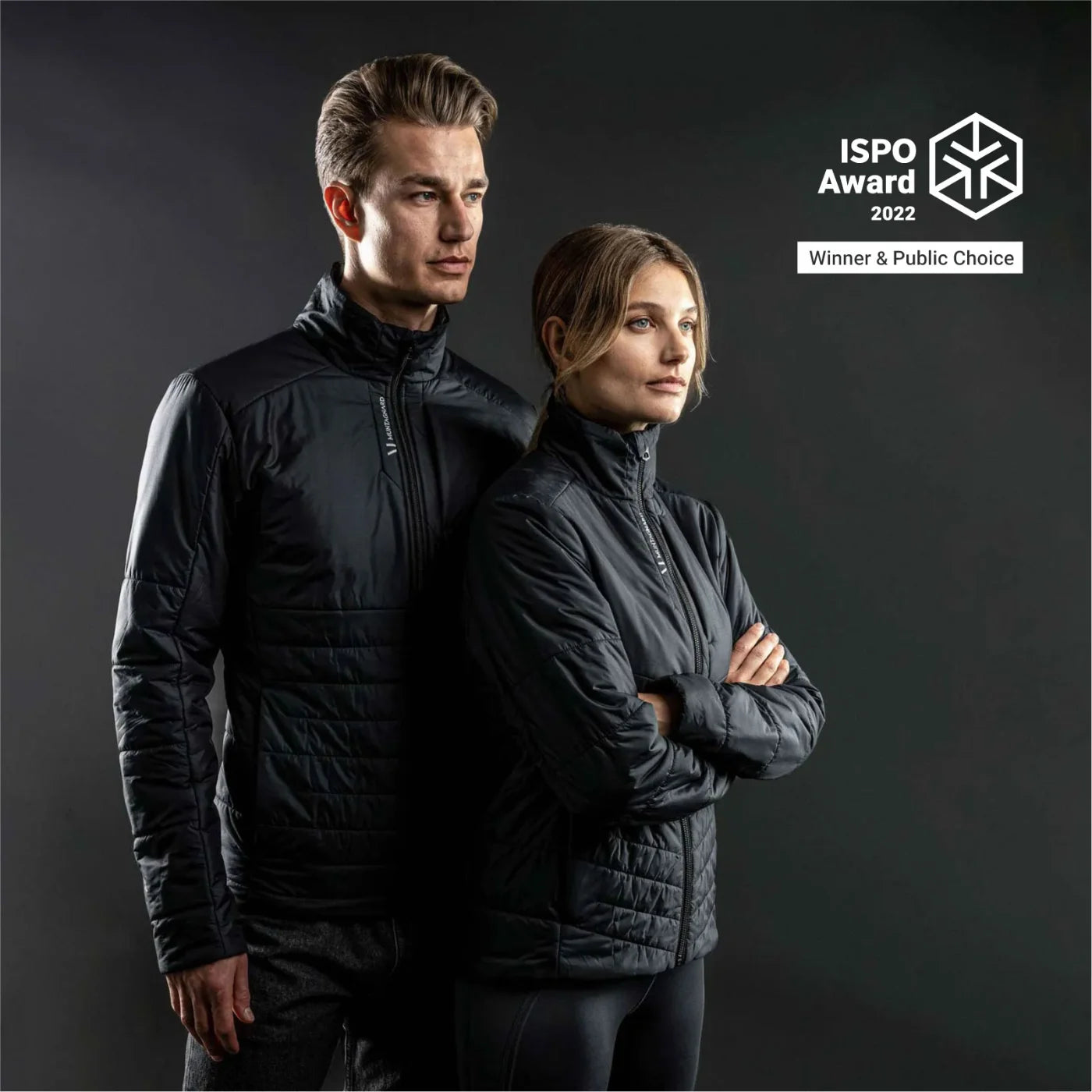
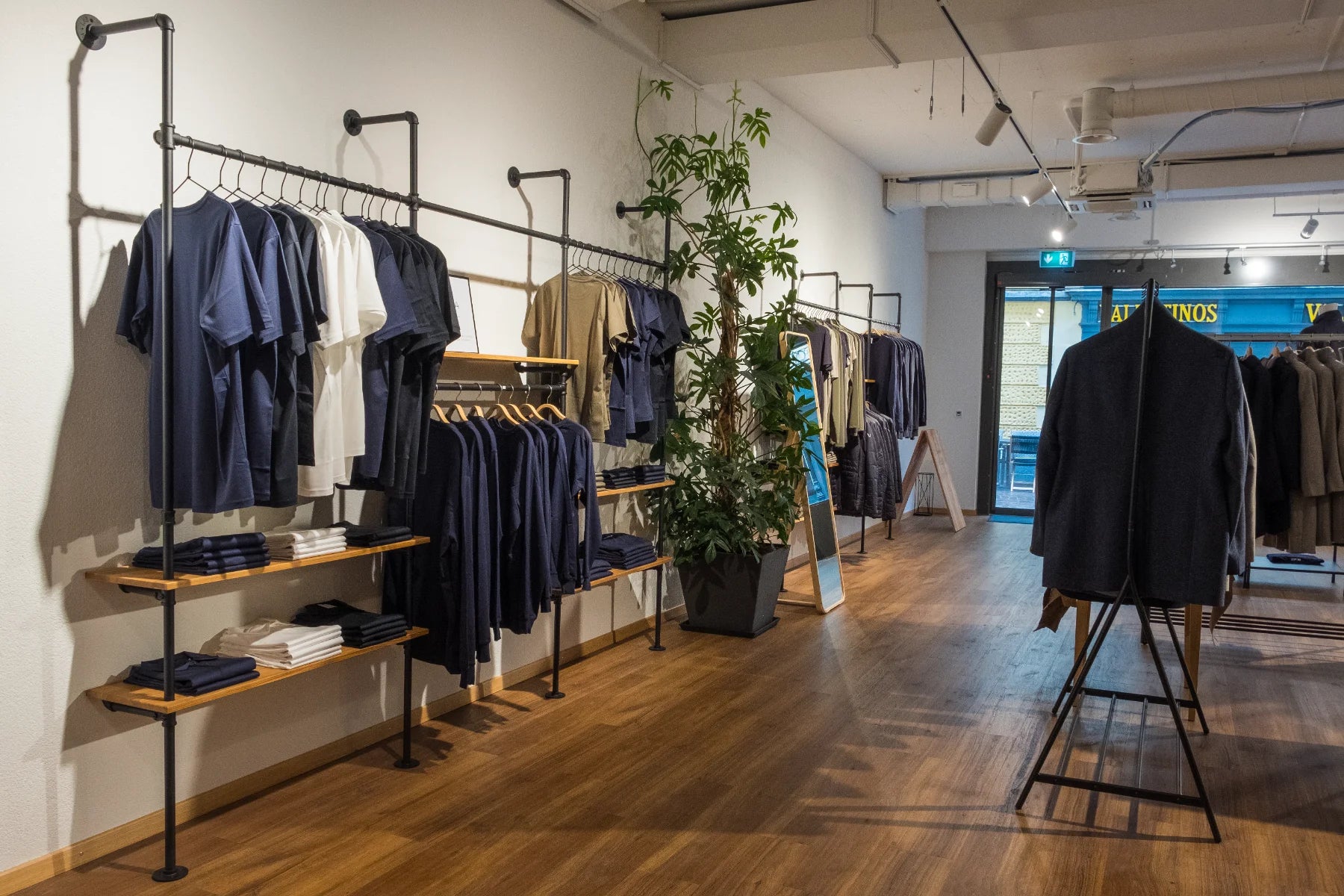
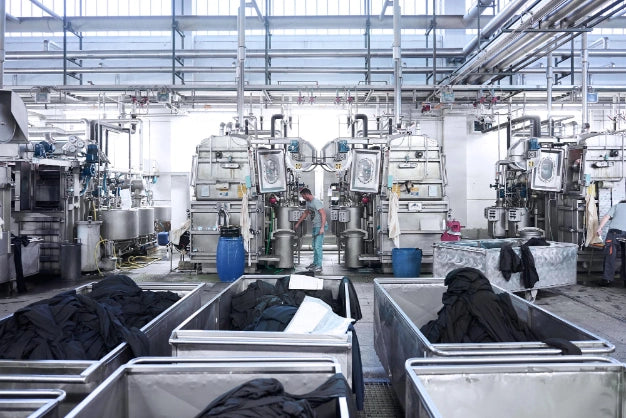
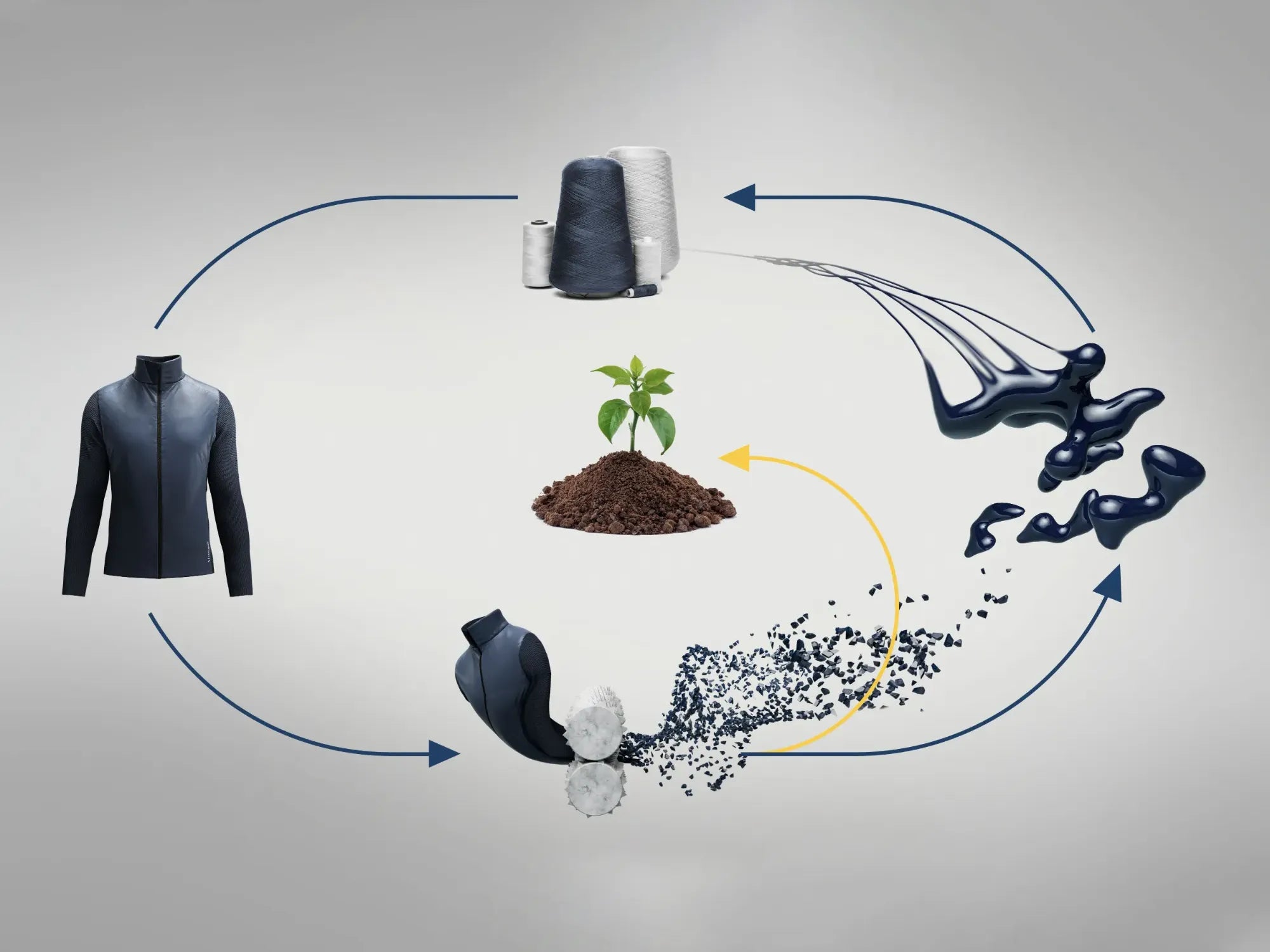
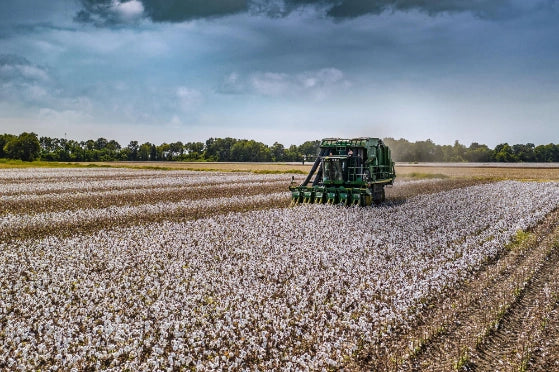





Leave a comment
This site is protected by reCAPTCHA and the Google Privacy Policy and Terms of Service apply.